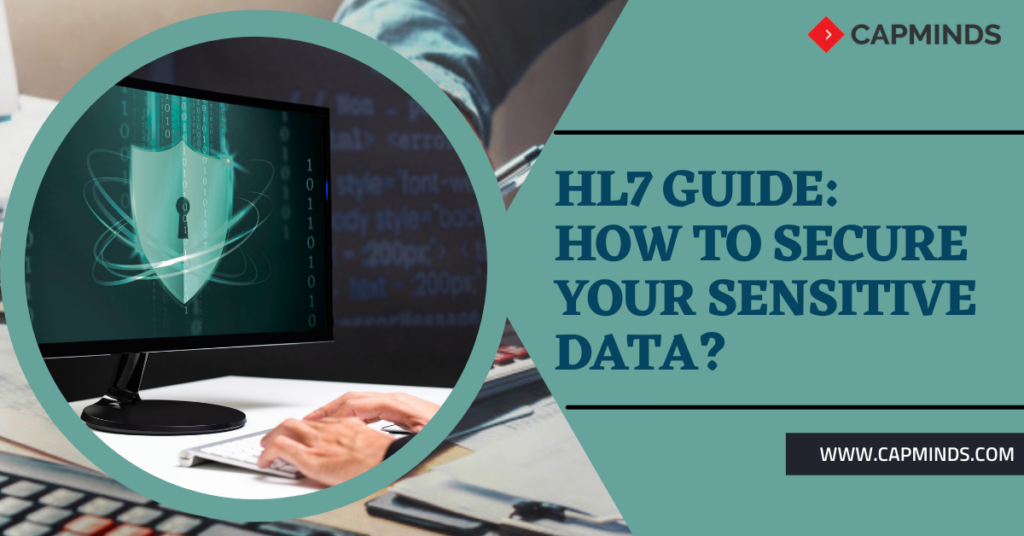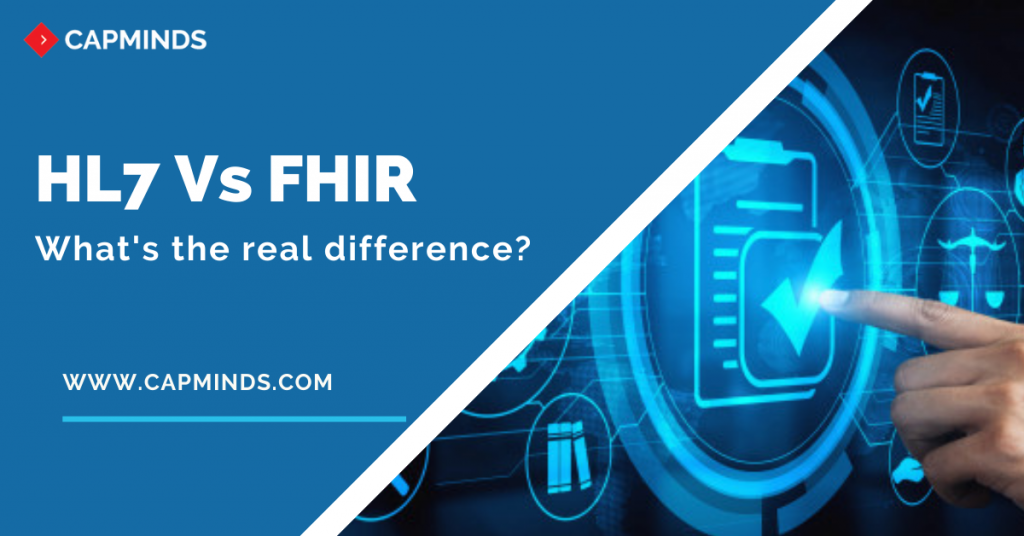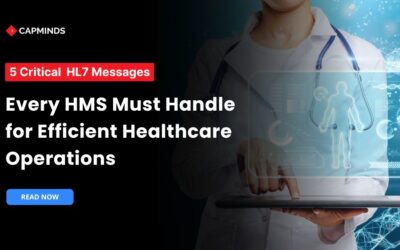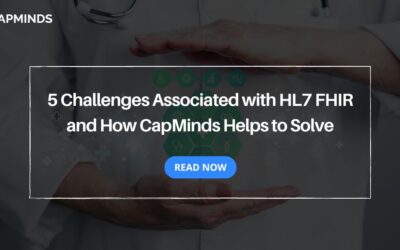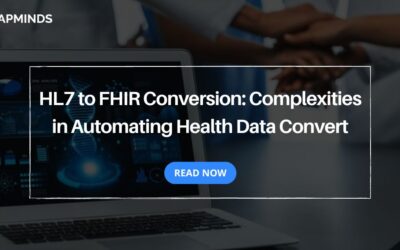HL7 Guide: How to secure your sensitive data?
Today Health Level Seven, commonly known as HL7 has become a more familiar standard for healthcare data sharing. Of course, we all heard about the HL7 standards that create healthcare interoperability. How does it work? Let’s make it simple with an example, consider when a doctor requests health information about a patient.
Then with the help of HL7 standards, the system can able to transfer various documents across multiple health applications to fulfill the physician’s request. By definition, we can state it as ‘’the ability to exchange health information enabling medical device innovation and develop cost-effective solutions’’.
Behind the development of HL7 standards
Every medical care setting is one of a kind, with contrasts in clinical cycles, programming frameworks being used, information base constructions, how information is gathered, put away, and utilized, among others. This implies that medical care associations (clinics, needle therapy focuses, podiatrist workplaces, outpatient medical procedure habitats, imaging focuses, clinical labs, and so on) have special prerequisites and cycles for collaborating with patients and information.
Made and kept up with by Health Level Seven International, the excellent goal of HL7 is to improve on the execution of interfaces between different sellers and medical services programming applications, in a bid to diminish the expense and time engaged with custom interface programming.
HL7: Security Issues
Over numerous years, there have been a few forms and improvements of HL7, including FHIR, which is centered around drawing nearer to an interoperable medical services framework. With each advanced structure has come innovation and new players who’ve accepted the guidelines to add the potential in medical services information, lower costs and convey better consideration.
Presently designers can arrange medical services information effectively on the cloud of their preference (upheld by HIPAA) and patients can download their information straightforwardly onto their iPhones from medical organizations. Sounds extraordinary, isn’t that so?
It positively would be an achievement to celebrate if not for the one single shared trait found in practically all renditions of HL7: security issues. There is no underlying encryption or message check, however, there are numerous outsider associations that offer mixes. Besides, it requires no essential validation strategy, and a considerable lot of the security controls are begging to be proven wrong.
From the beginning, HL7 was seemingly assembled unreliably, making it unacceptable for the public cloud without anyone else. This represents a significant danger to emergency clinics and patients by making individual and delicate patient data vulnerable to digital assaults, information security breaks, or more terrible, mischief to patients. To lighten the chance of digital assaults and information security penetrates utilizing HL7 guidelines – regardless of whether 1X or FHIR – medical care associations should initially be centered around ensuring their information and their surroundings.
1. Safeguard your data with a Virtual Private Network (VPN)
Data protection is basic, explicitly having the option to de-recognize the patient records on request, having the option to erase distinguishing variables, for example, name and social security number, and supplanting recognizable information with an artificial identifier. To ensure the whole organization, rather than simply a solitary application, numerous establishments are utilizing SSL VPNs and comparative arrangements, which permit them to make a safe connection and shield their information from public associations.
The extraordinary news is that many cloud platforms, for example, Amazon, Google, and Microsoft effectively offer an implicit VPN as a component of their services. The great challenge is with the protection of the data before it arrives at the purpose of encryption, making additional means to additional security protocols.
2. Make the right use of advanced technology
Using the best-advanced technologies will be a good choice for protecting health data. With the goal that information is shielded around the climate, just as receiving progressed third-party technologies.
These third-party technologies focus more on the direct secure messages – where the health information is exchanged via the internet. In this secure messaging system, the messages are encrypted and authenticated to make sure only approved parties can send and receive data.
By executing extra layers of protection, clients can change HL7 from an un-authenticated, and plaintext transmission of delicate information across organizations to a safe, agreeable, and secured network.
Regardless of whether exchanging, coordinating, sharing, or recovering electronic wellbeing data, HL7 and FHIR innovation address a significant chance to speed up healthcare data interoperability across a wide scope of different situations, improve patient access, and use health data to further develop results. It simply should be done safely.
3. Work together with an HL7 expert
Every data standards have its security risks, and HL7 is not an exception. So working with the right HL7 partner who understands your need and can make it even easier to secure your data.
Today, most healthcare organizations are working towards delivering value-based care with the adoption of new technologies and standards. With this in mind, CapMinds offers you the best HL7 FHIR SMART integration services and helps you to see the actual results you need.
